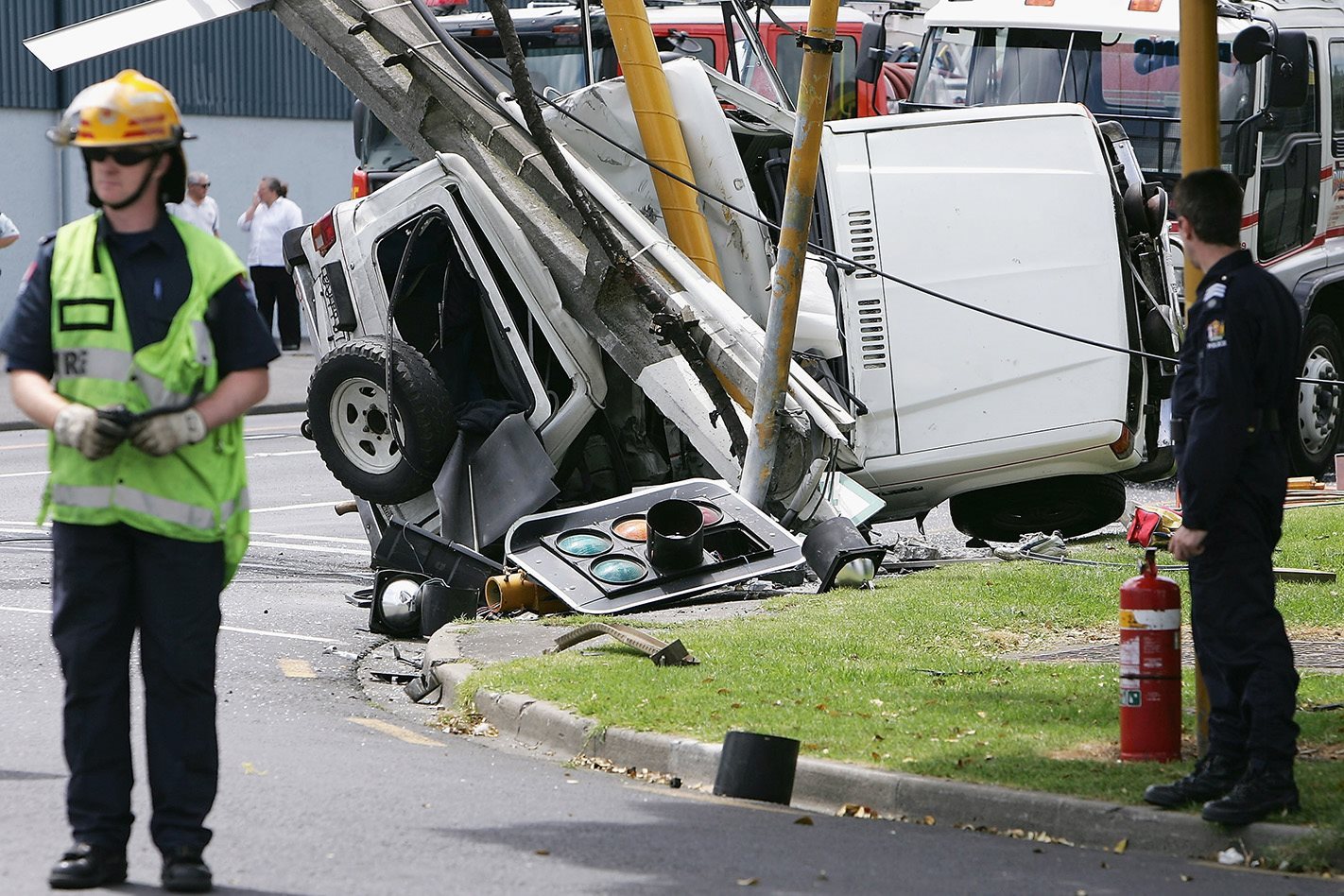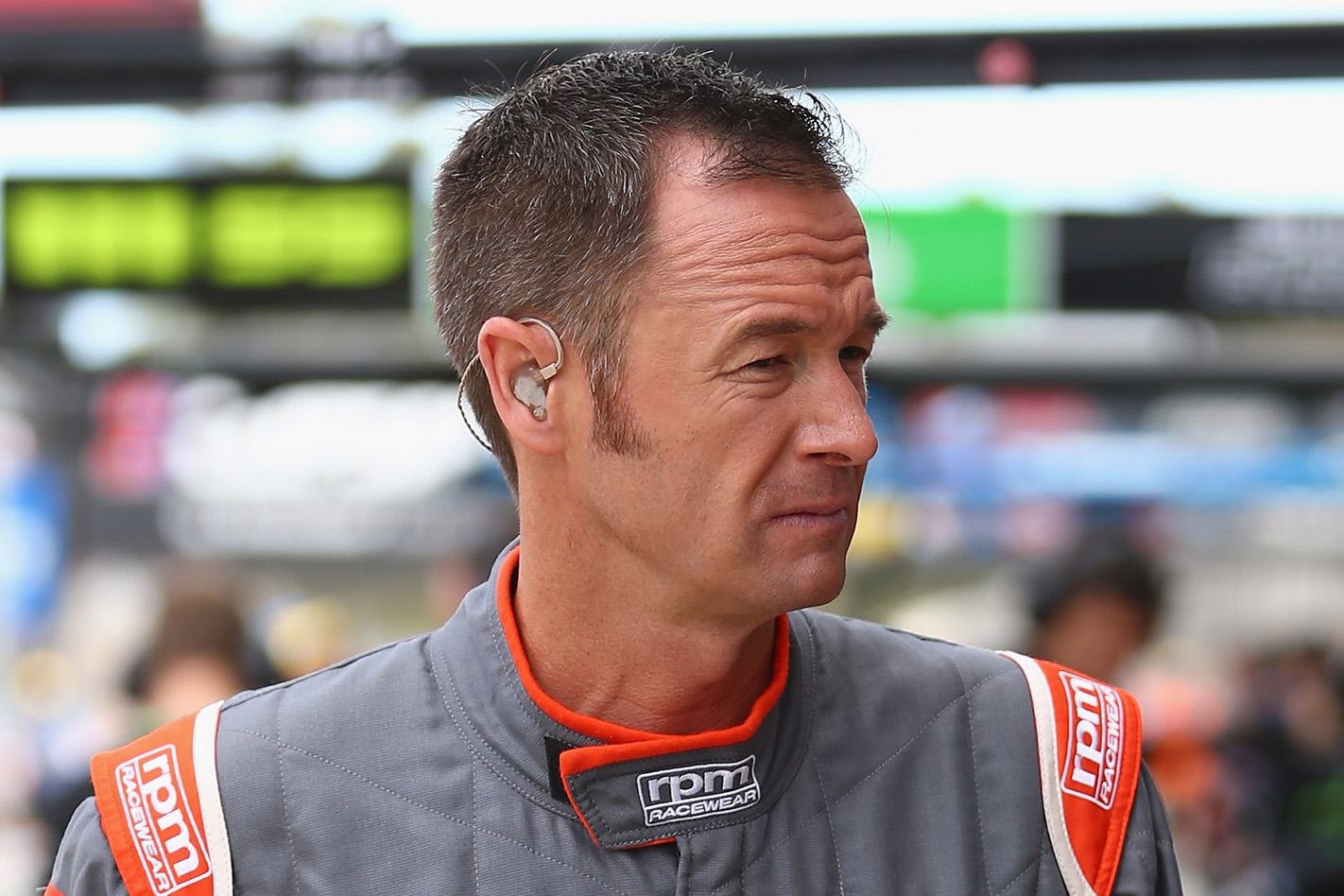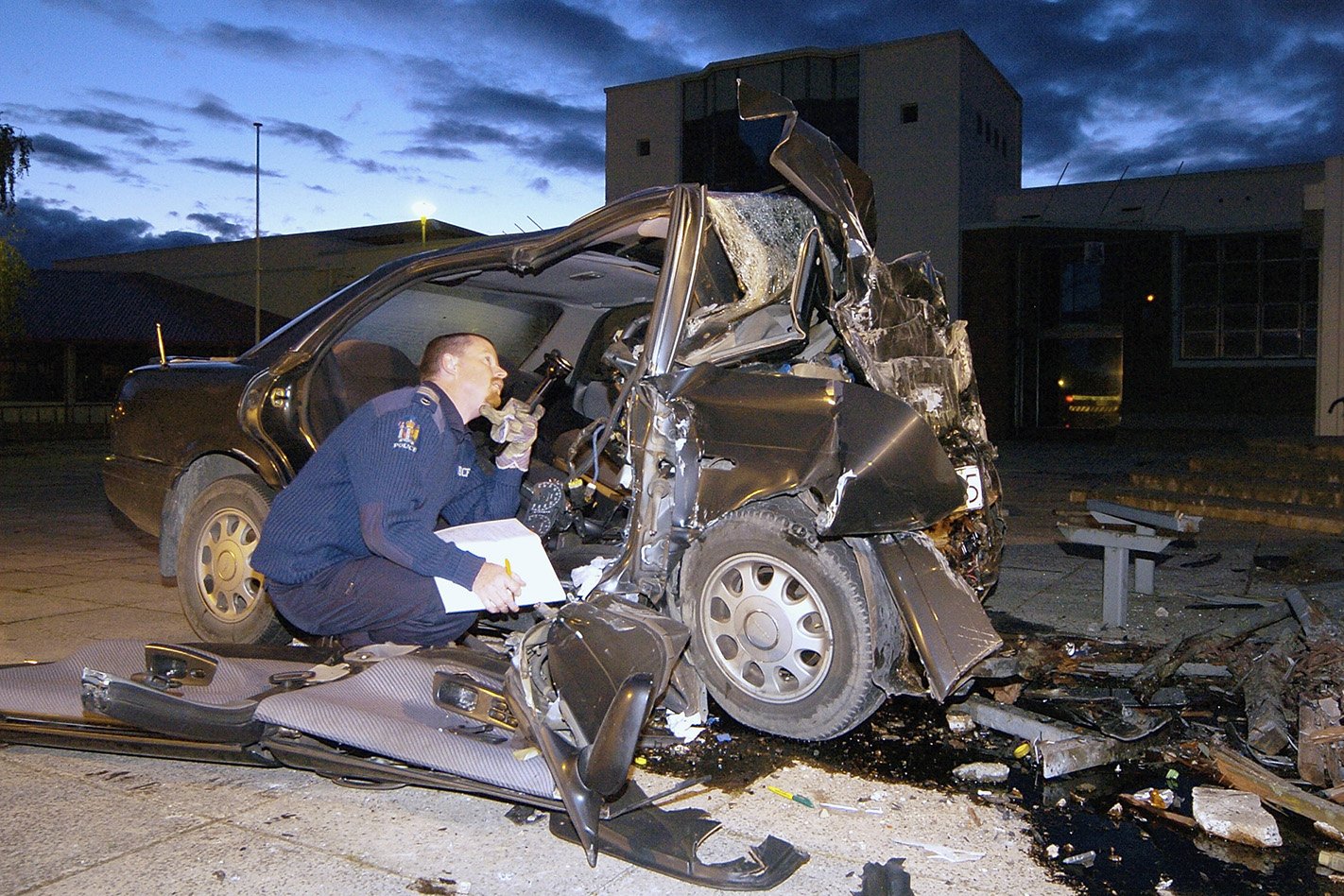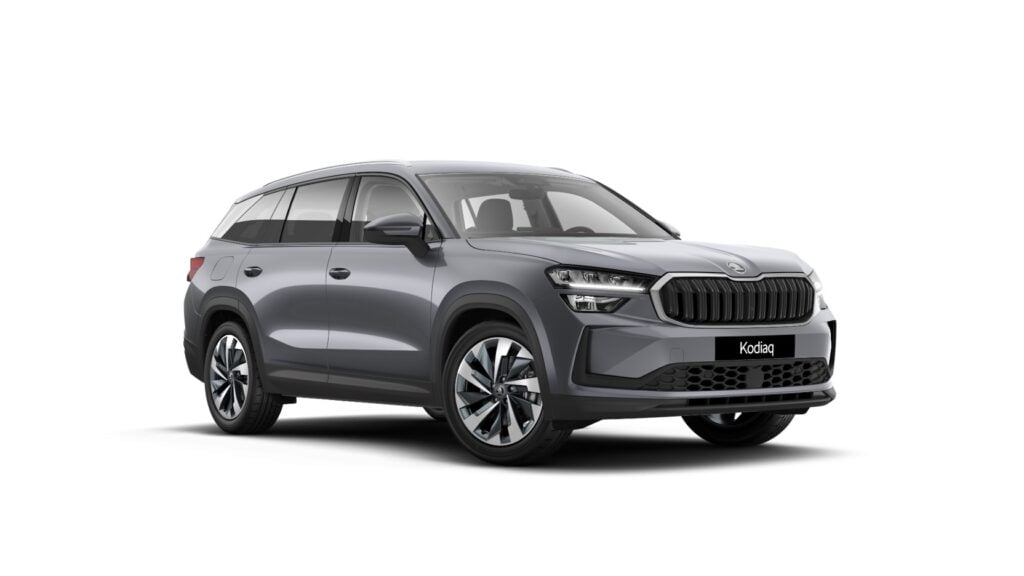
Noted racing driver and TV pundit Greg Murphy has lashed out at a New Zealand road safety plan that aims to reduce the severity of car crashes, rather than prevent crashes from occurring in the first place.
Currently in draft form, the NZ plan is expected to largely focus on redesigning roads and intersections to limit the amount of damage done in a collision and puts forward a view that car crashes are inevitable and impossible to prevent.
Murphy contends that the plan is flawed and ignores a crucial area that he says is vital to reducing crashes: driver training.

“We also have a whole bunch of crashes in this country not actually apportioned correctly to the actual fact of it all,” Murphy said to Radio New Zealand.
“We are not blaming the driver, and you don’t want to blame a driver after they’ve just killed their family. Unfortunately, in many cases it is the driver, at the end of the day, that is still making the mistake and still making the wrong decision that is leading to catastrophe.”
Murphy also advocated periodic re-testing of already-licensed drivers to curb the development of bad habits over time.

How does the Vision Zero plan work?
The New Zealand government’s road safety plan has yet to be made fully public, but the Vision Zero concept it follows is already well known.
A Swedish initiative, it aims not to eliminate crashes, but mitigate them when they do happen by both reducing the opportunities for cars to collide with other cars and pedestrians.
It also ensures that if a crash does occur, the speeds are at a level that will ensure the survival of all involved.
With the upper survivable limit for a car-on-pedestrian impact being 30km/h, intersections where pedestrians are at risk of being hit would ideally be designed to see cars pass through at a speed no higher than that.
For intersections with a risk of a car side impact, the survivable speed is 50km/h, and for a head-on impact the speed becomes 70km/h.
If enough separation exists between oncoming traffic, then Vision Zero allows a speed of 100km/h or more, meaning well-designed routes like Melbourne’s Eastern Freeway would continue to be a high-speed road.
Rural roads that see little traffic wouldn’t be affected either.
Note that the Vision Zero concept doesn’t merely seek to cut vehicle speed at every intersection with a pedestrian crossing – the preference is to instead separate large numbers of foot traffic from road uses through other means, like overhead walkways or tunnels.
For similar reasons roundabouts are preferred over traffic light-controlled intersections too, as they have a natural traffic-calming effect.
To make it all work requires a significant amount of engineering, however, and a significant cost to the taxpayer.

But is Greg Murphy right to rail against a road safety plan based on Vision Zero philosophy? Sweden first adopted Vision Zero in 1997, and proponents of the strategy point to the country’s road toll halving in the ten years following its implementation.
However, Sweden’s more thorough approach to driver training should also be factored in, as the process for getting a license in the Scandinavian country is much more rigorous than it is in Australia or New Zealand.
For one, if learner drivers plan to have a parent be their supervising driver during the L-plate period, those parents will need to attend a traffic safety course with them, have had a driver’s licence themselves for at least five years and not have had any licence suspensions for drunk driving or serious speed offences. Instantly, the opportunity to learn bad habits from family members is reduced.
Lessons with accredited driving schools are also highly recommended, while lessons on driving risks must be attended and theory exams passed.
Swedish learners are also required to drive on an oily test track to learn how to control a sliding car, demonstrate that they can perform basic maintenance to ensure their car is roadworthy, and complete a practical exam where they drive in suburban, city and rural roads, including at freeway speed.
In total, a Swedish driver must complete eight tests before they’re given a licence. In New Zealand and most Australian states, you only need to pass two – sometimes three – in order to become a licensed driver. Vision Zero clearly works in Sweden; however, there’s no denying that their drivers start at a higher skill level than their Australian or New Zealand equivalents.
“Improving the country’s roading network will improve transport efficiency and in some cases it might assist in reducing injuries and deaths, but people will still crash if we don’t change the current driving culture,” Murphy said to the New Zealand Herald earlier this month.
“Nothing will change unless we go to the root of the problem, which is how people are driving, how we are training them, how we are testing them. When we have better, safer drivers, then New Zealand’s road toll will go down.”
Last year 380 people died on New Zealand’s roads, its highest result in ten years and a rate of one death for every 12,615 New Zealanders.
In Australia over the same period, 1140 died in traffic crashes – a lower rate at one per 21,578 people, but still not a result to be proud of.
Is a Vision Zero plan something that might make a difference to the road toll? Is Greg Murphy right to criticise driver training? Have your say in the comments below.



